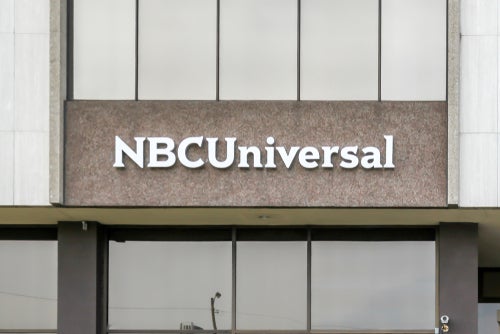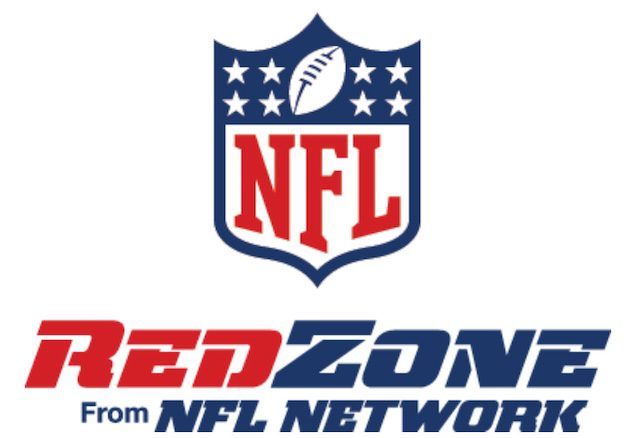The bigger they come, the bigger they sometimes fail.
We often see what seems like a careless indifference in the print ads of some of the largest companies.
It’s something you would never see in the advertising of a direct marketing merchant whose hands are on the throttle and whose eye is on advertising cost-per-response or cost-per-order.
One can only speculate why this is so — something I love to do, having a copywriter’s restless imagination.
My fantasy is, the CEO at the top is too involved in really big corporate decisions to be bothered with one piddling little print ad. The guy at the bottom is just following orders. And to the people in the chain of command in between, they really don’t care how effective an ad might really be because they have no scientific way of finding out. They just want something that looks nice, sounds nice and fits the plan.
In this case, I’m talking about Microsoft, the software giant that’s more like King Kong than the stocky human butterfly featured in all of its latest advertising.
I imagine the ad chosen here for makeover is part of a series. Someone in that vast Microsoft hierarchy decided, “Hey, let’s do a series of ads promoting MSN, each one highlighting a different area of interest.”
And Travel — subfolder, Road Trip — was one of the subjects decided on. That way they could pull in one market segment, road travelers, and get then interested in the rest of what MSN has to offer, including highly profitable subscription services like instant messaging and online games.
The headline is so modestly displayed and overdesigned, it hardly seems like a headline. Tucked in a corner, it reads: “ROAD TRIPS Made better with MSN.” Unless you already are an MSN user or you follow these things closely, you have no idea what MSN is. A chocolate bar, maybe?
The illustration shows a motorist standing in front of a roadside stop and conferring over a paper map with the Microsoft butterfly. A paper map? If he’s going to get all the information he needs on the Internet via MSN, what in the world are they doing with a paper map?
And that’s it. At the bottom, a kind of sign-off bar with the logo, the slogan “Life’s better with the Butterfly” and the catchy imperative, “Come get more done at msn.com.”
Now if you respond, as I did, by logging on to msn.com, and you expect to be greeted by information on how to make your road trip better, you will be sorely disappointed. You merely arrive at the MSN home page, crammed with attractions, and from there you’ve got to dig out the road trip info you’re looking for.
At first, here was what I thought Microsoft should have done:
-
Provide more motivation for responding, as I did in my makeover. (I was stuck with their illustration. The two guys probably should be looking at a laptop rather than a map.) Don’t just make a flat claim, “Road trips made better.” Prove it, with some examples that pull prospects out of the readership and push them toward the Web site.
-
Don’t make the logon address msn.com. Instead make it msn.com/road trips.
-
Create a special welcome page which this special address opens up. Then instead of being greeted by all the bewildering stuff displayed on the MSN home page, the user would see only a display of links to the seven kinds of road-trip help promised in the ad.
-
Count the click-ins, and calculate the advertising cost per click. Now you have the beginning of the scientific advertising so essential to the success of direct marketers.
But then I realized I had it all wrong — I think.
If “Road Trips” were an independently owned and operated site, then that might well be the way to go. But in this case “Road Trips” is merely information buried on MSN’s site, and the ad is just the carnival barker luring passersby into the big MSN tent. Once they get “inside” (the MSN home page) they may be drawn by links to other attractions, including some of MSN’s profitable subscription services. My way would fail to accomplish that.
However, it might be possible to develop a compromise between my way and their way. Namely, still provide a unique welcome-page address in the ad, so Microsoft could count the clicks it produces. But then tell visitors to the welcome page to click through to the home page, where they will find the travel links they’re looking for. (In fact, it could provide some search tips, since I found some of my information in two different places.)
In either case, if the purpose of the ad was to build site traffic, it does a poor job of pulling people in. It appears to be a classic case of an advertiser not running more advertising to increase profits, but rather using increased profits to run more advertising.
If the purpose of such an ad was not only to build site traffic but to build profitable site traffic, then it would seem to make more sense to have devoted the ad to one of Microsoft’s pay services.
Still, such advertising as this can serve a useful purpose by showing us what not to do when creating an ad in the hope of seeing meaningful results.
THOMAS L. COLLINS is a veteran direct marketing admaker, agency creative director and co-author of four books on marketing. He is currently an independent marketing consultant and copywriter based in Manhattan.
 Network
Network

